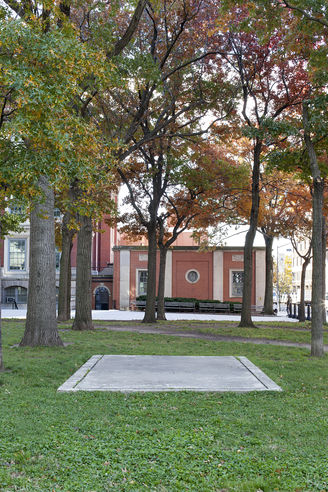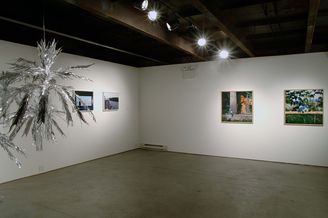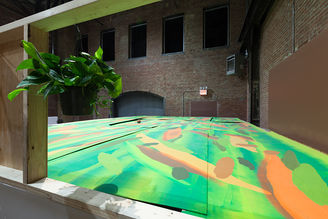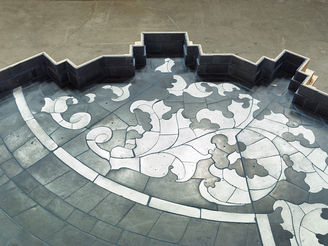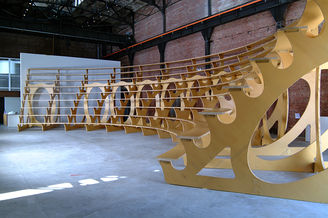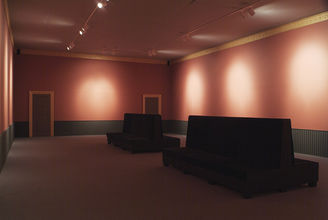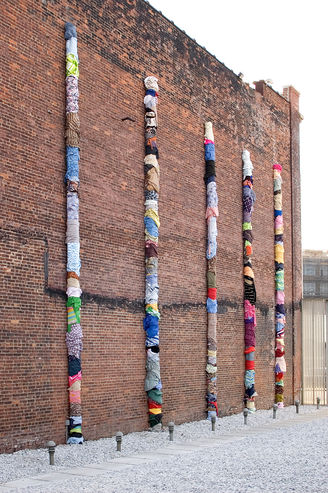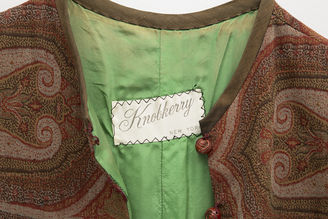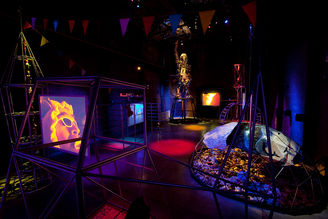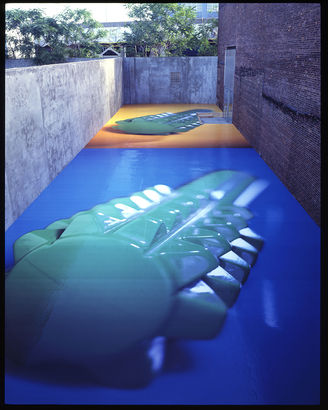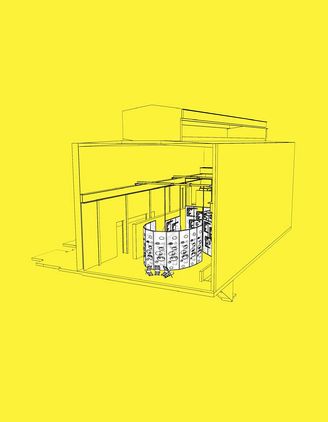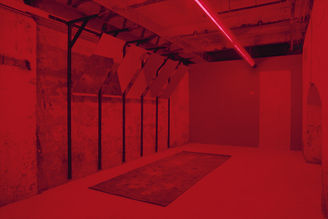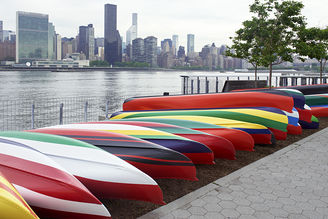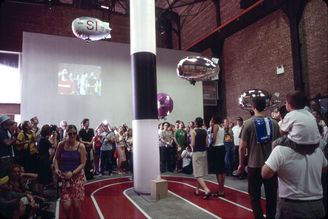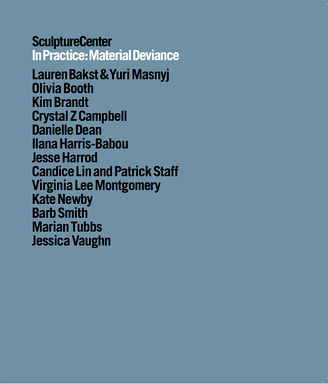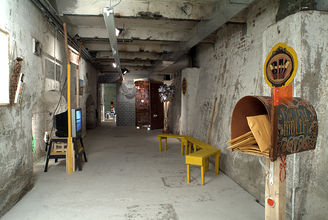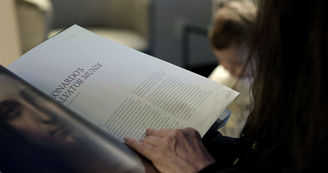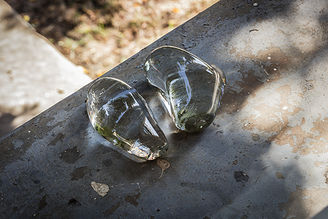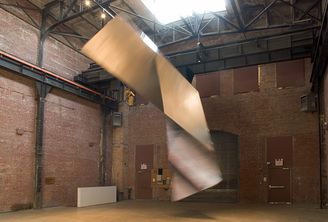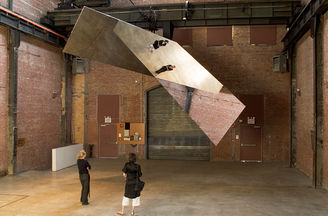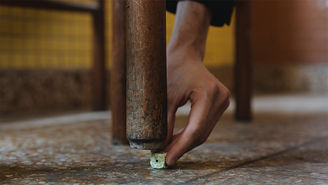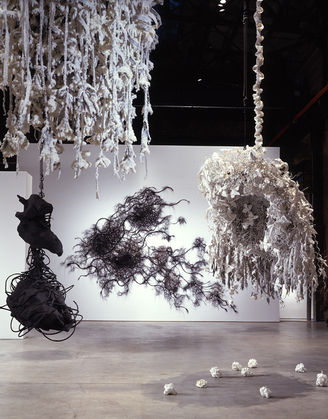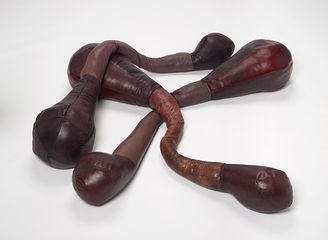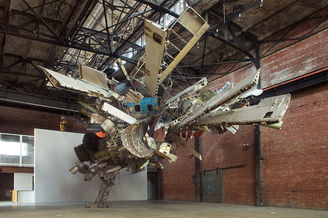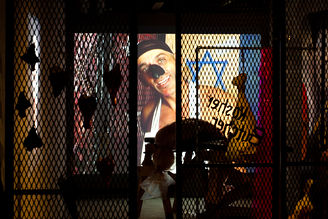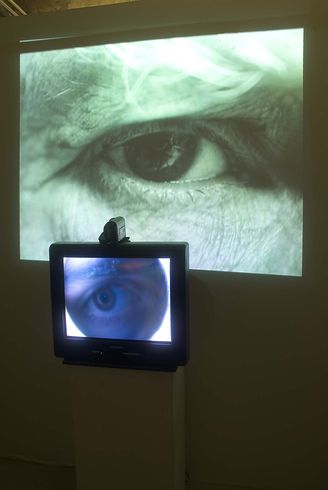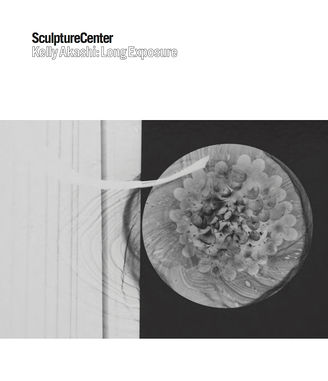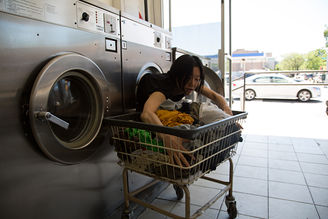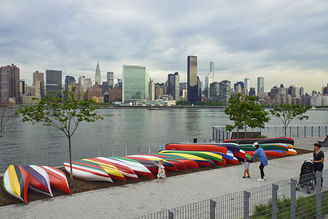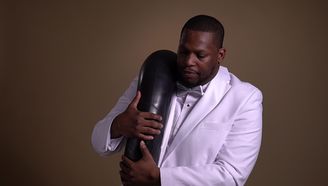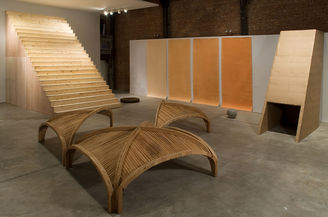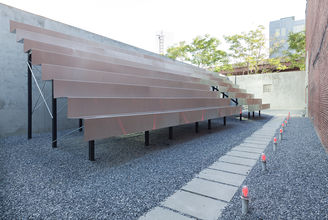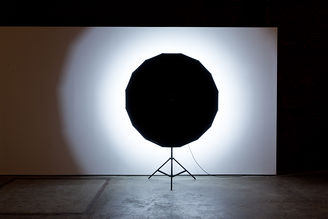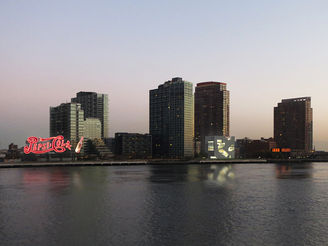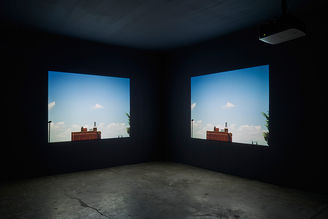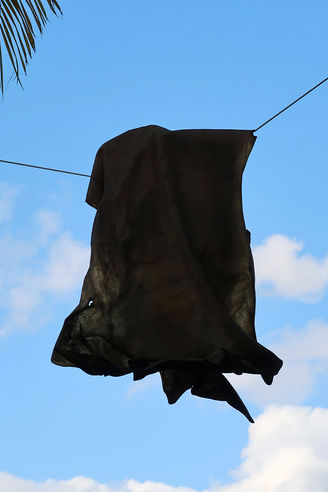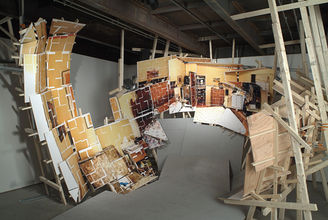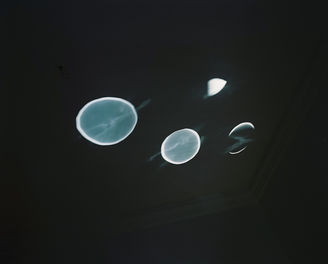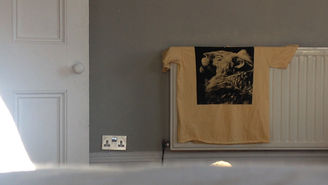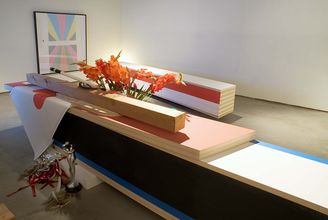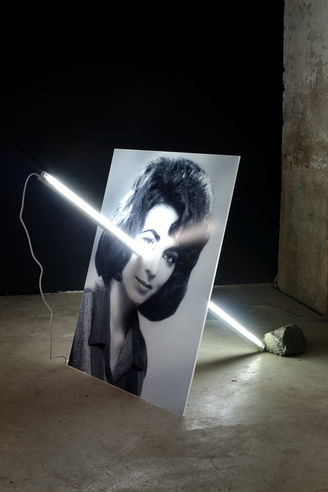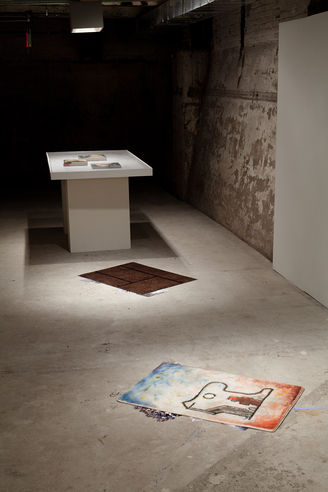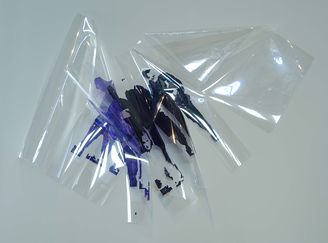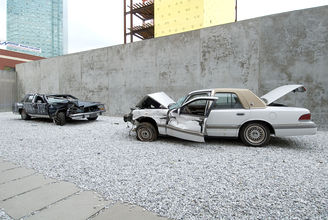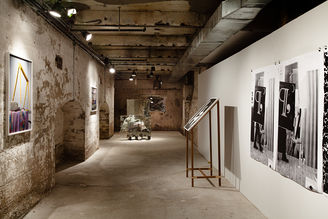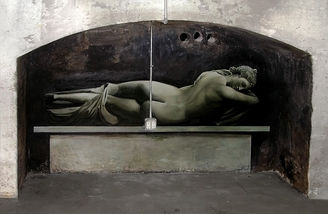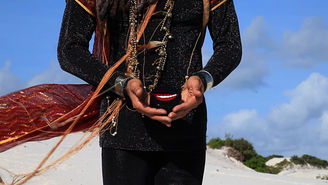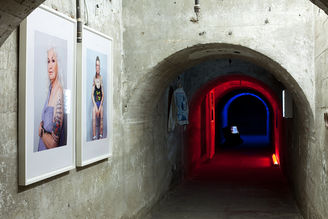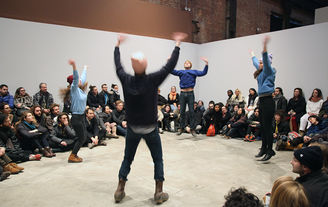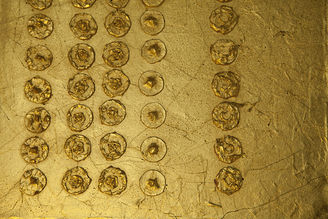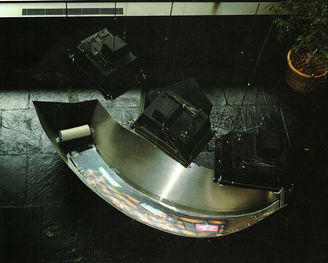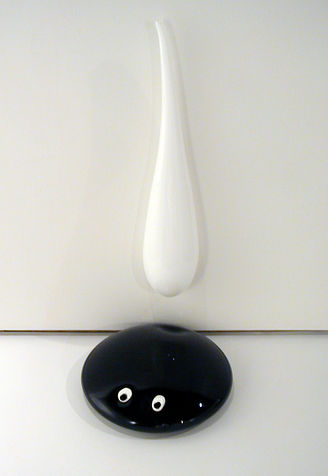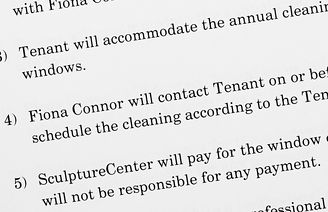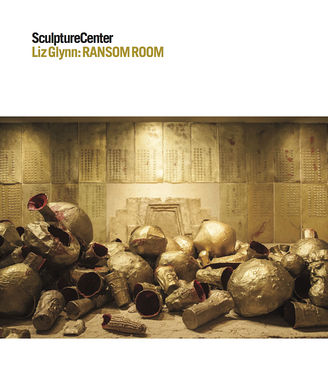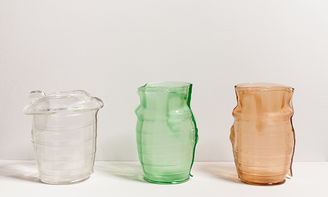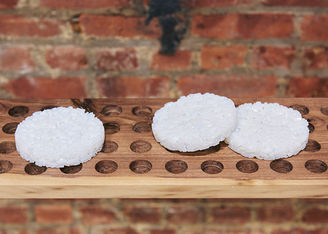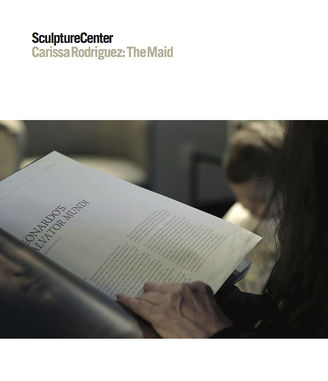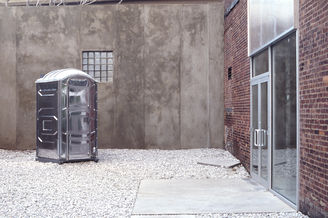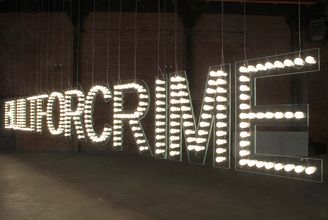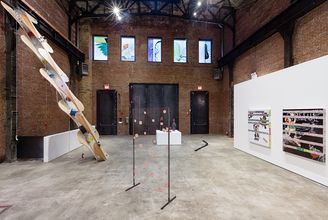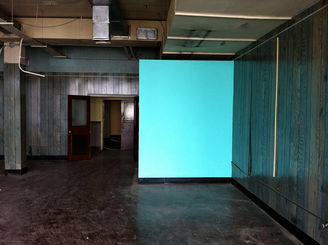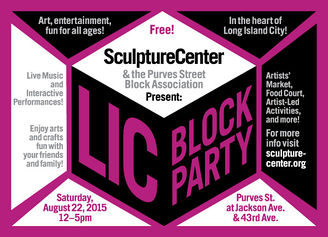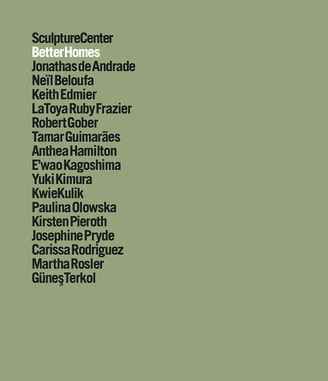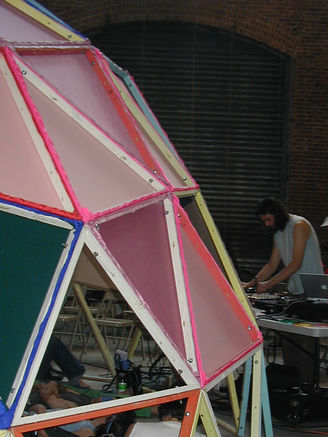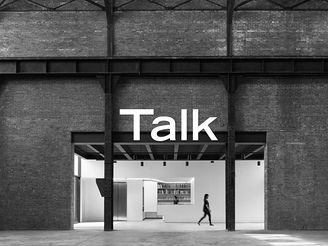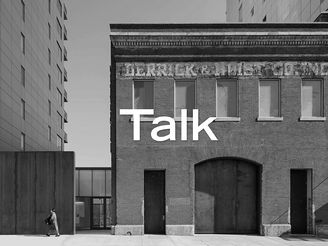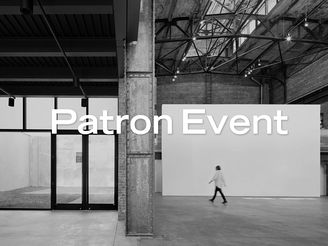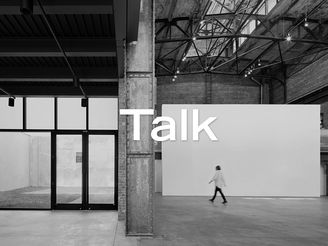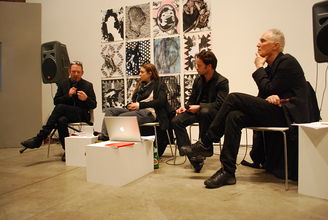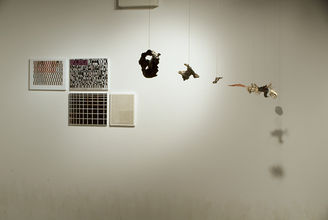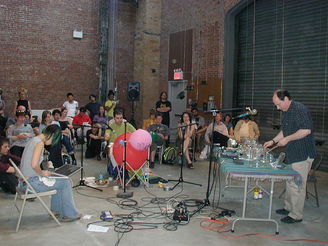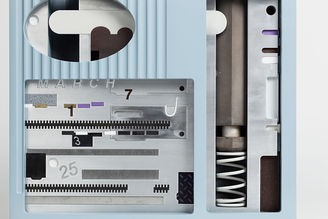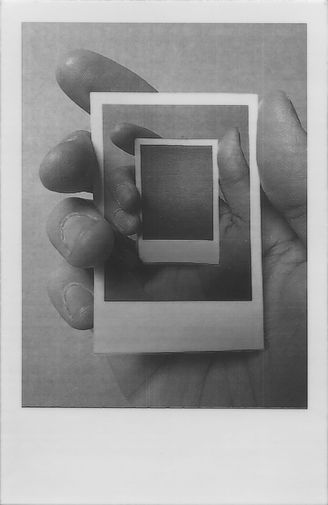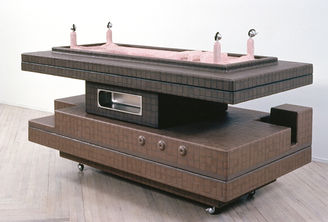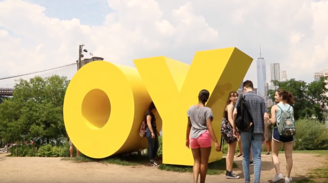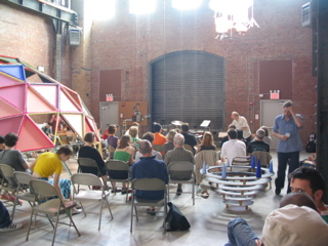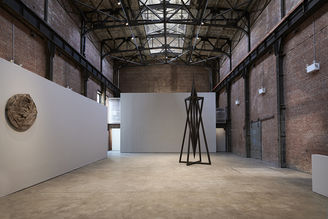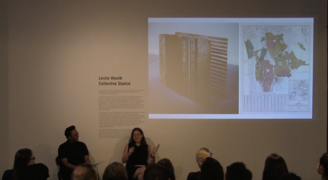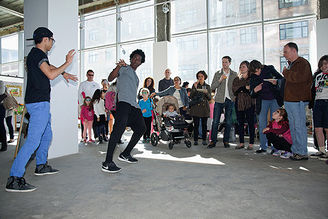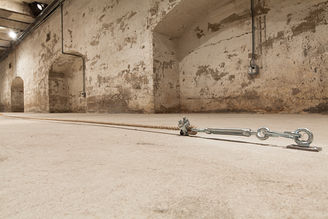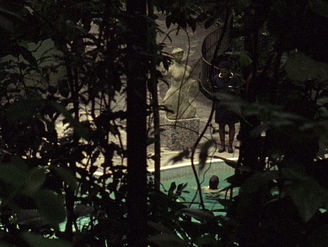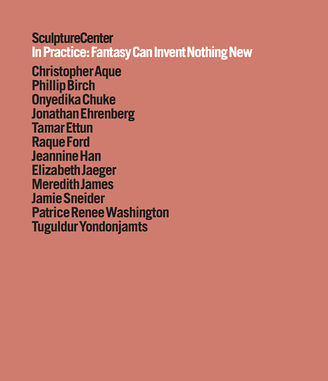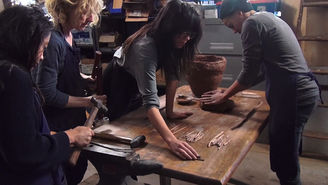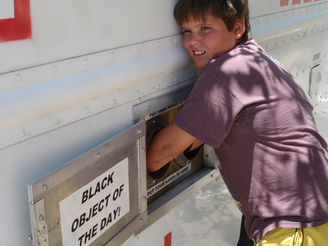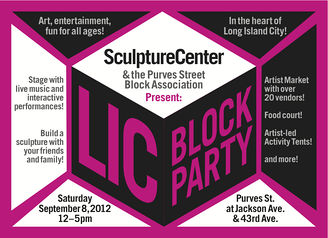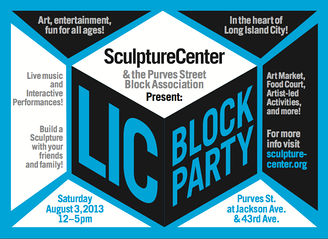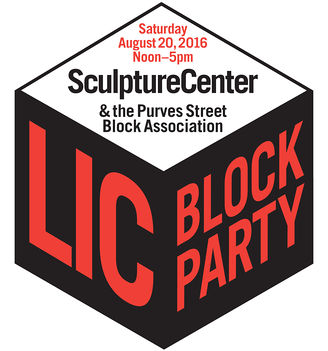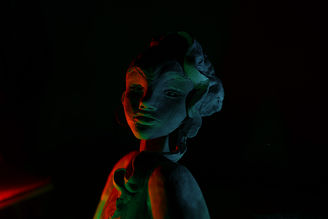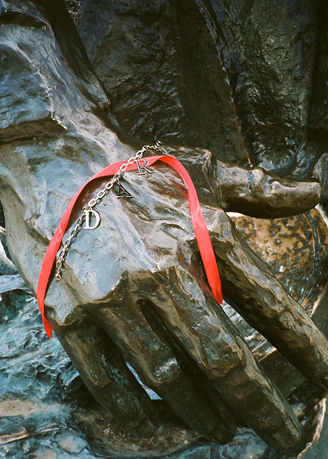Matt Keegan:
what was & what is
Matt Keegan: what was & what is
Off site at Court Square Park
May 19–Aug 18, 2019
Opening Reception May 23
- Images
- Text
- Events
- Materials
- Press
- Sponsors
- Related
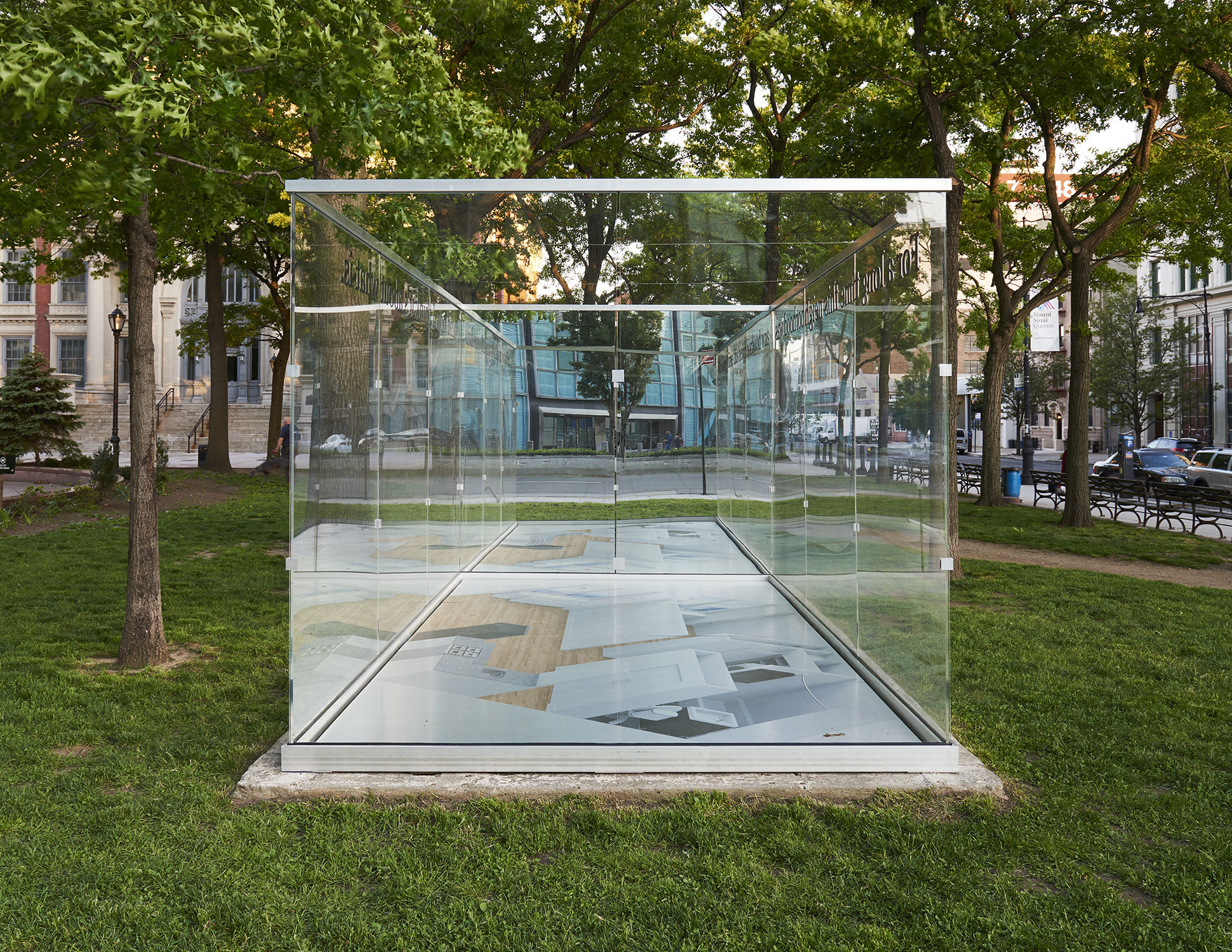
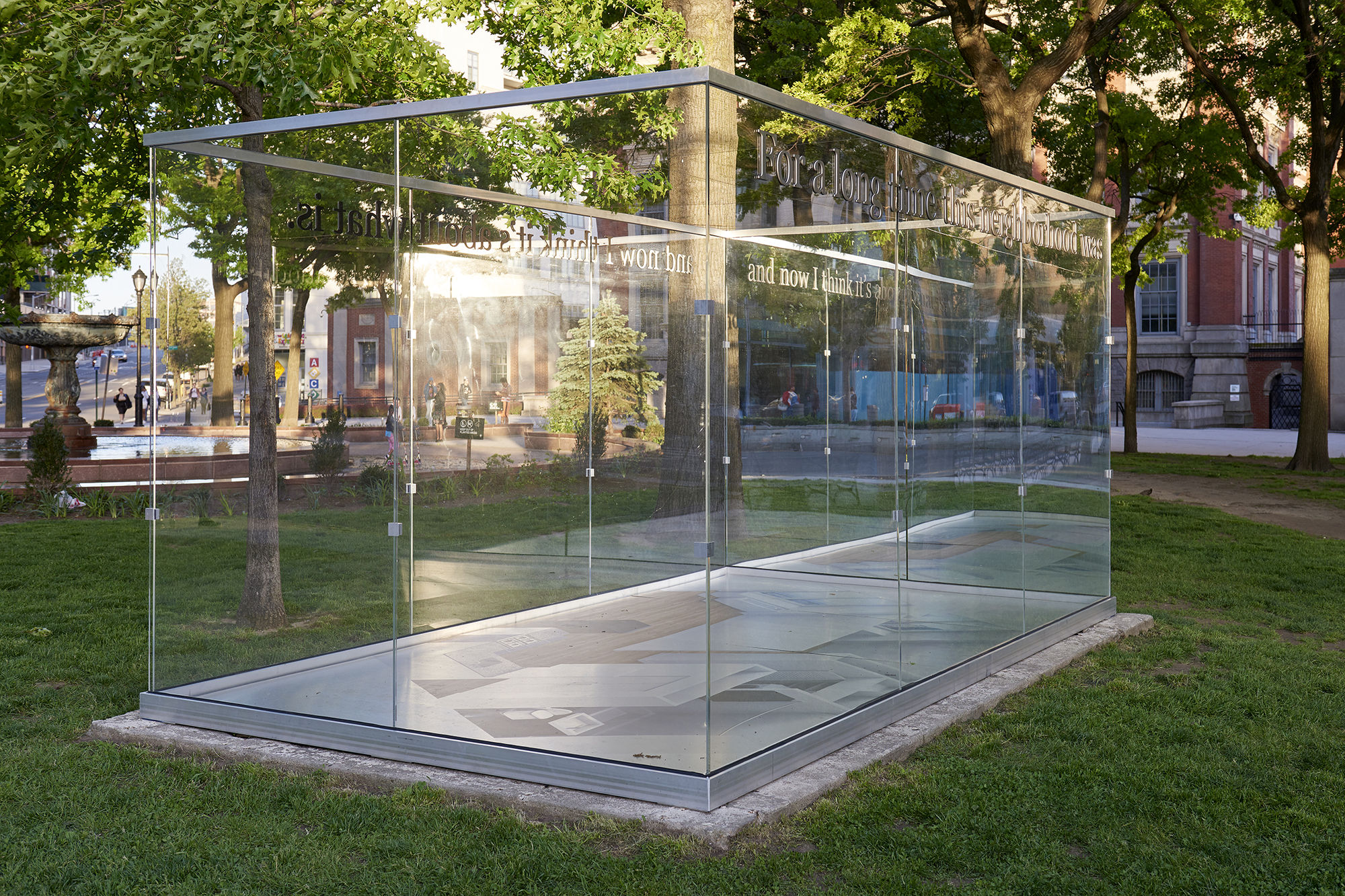
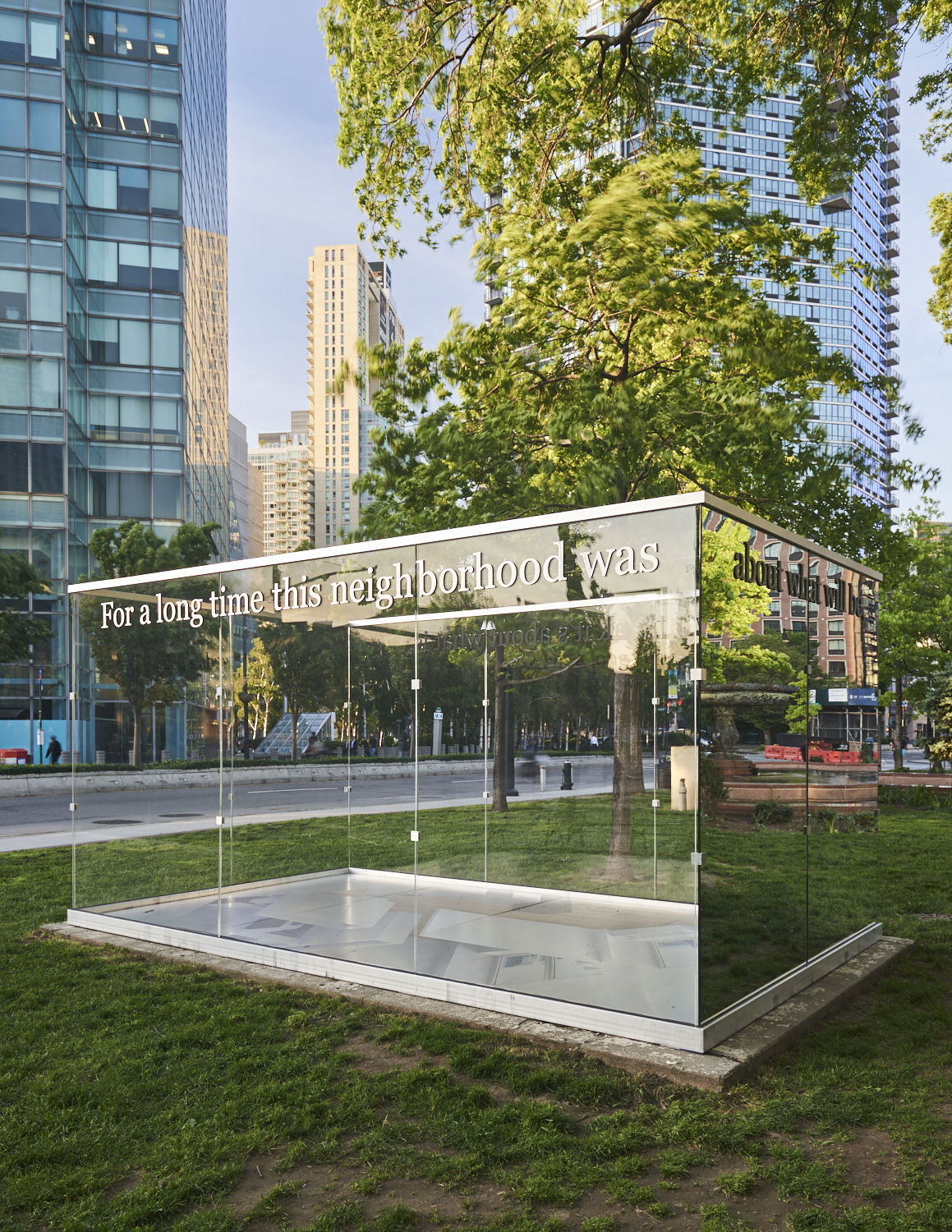
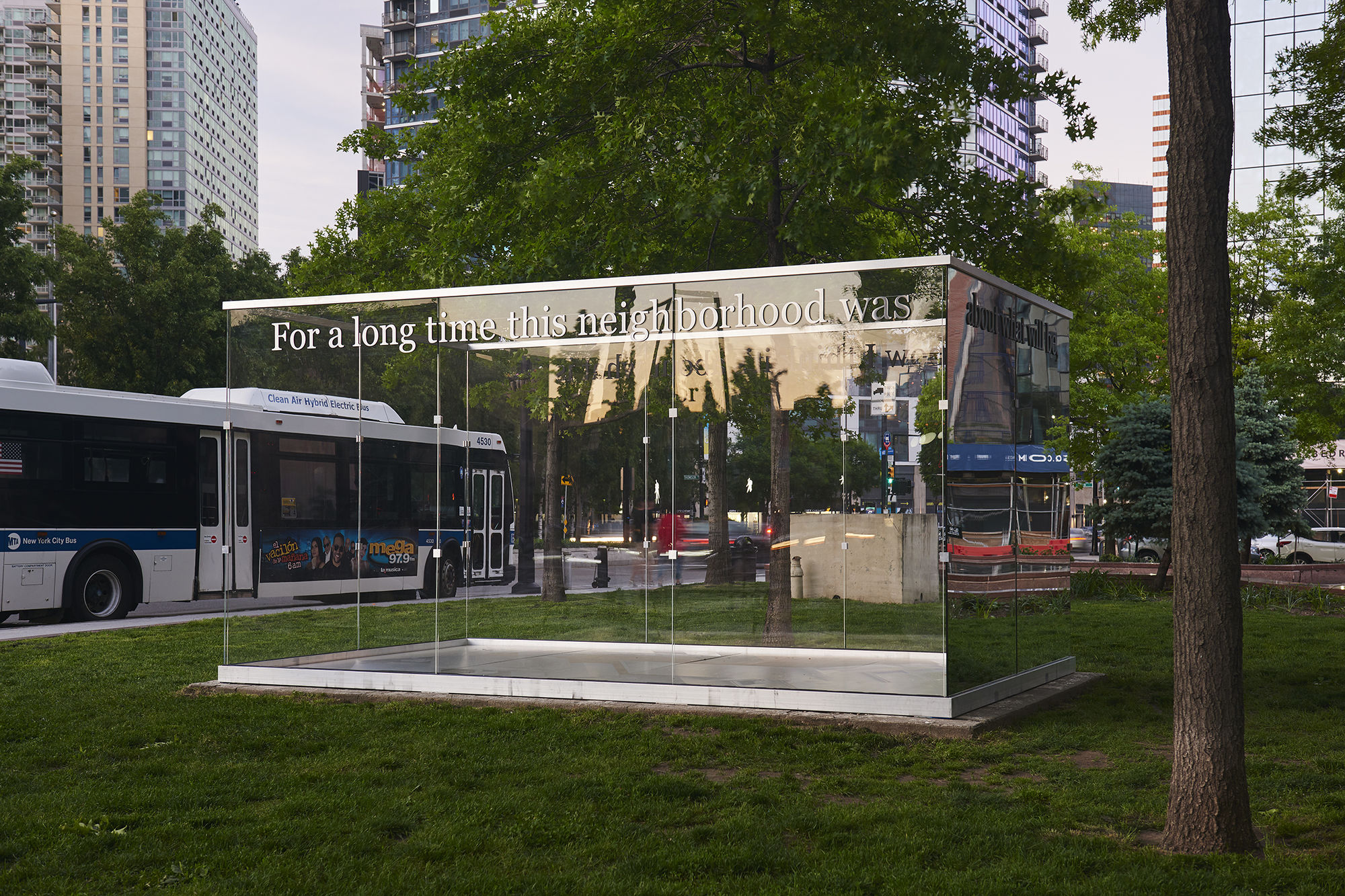
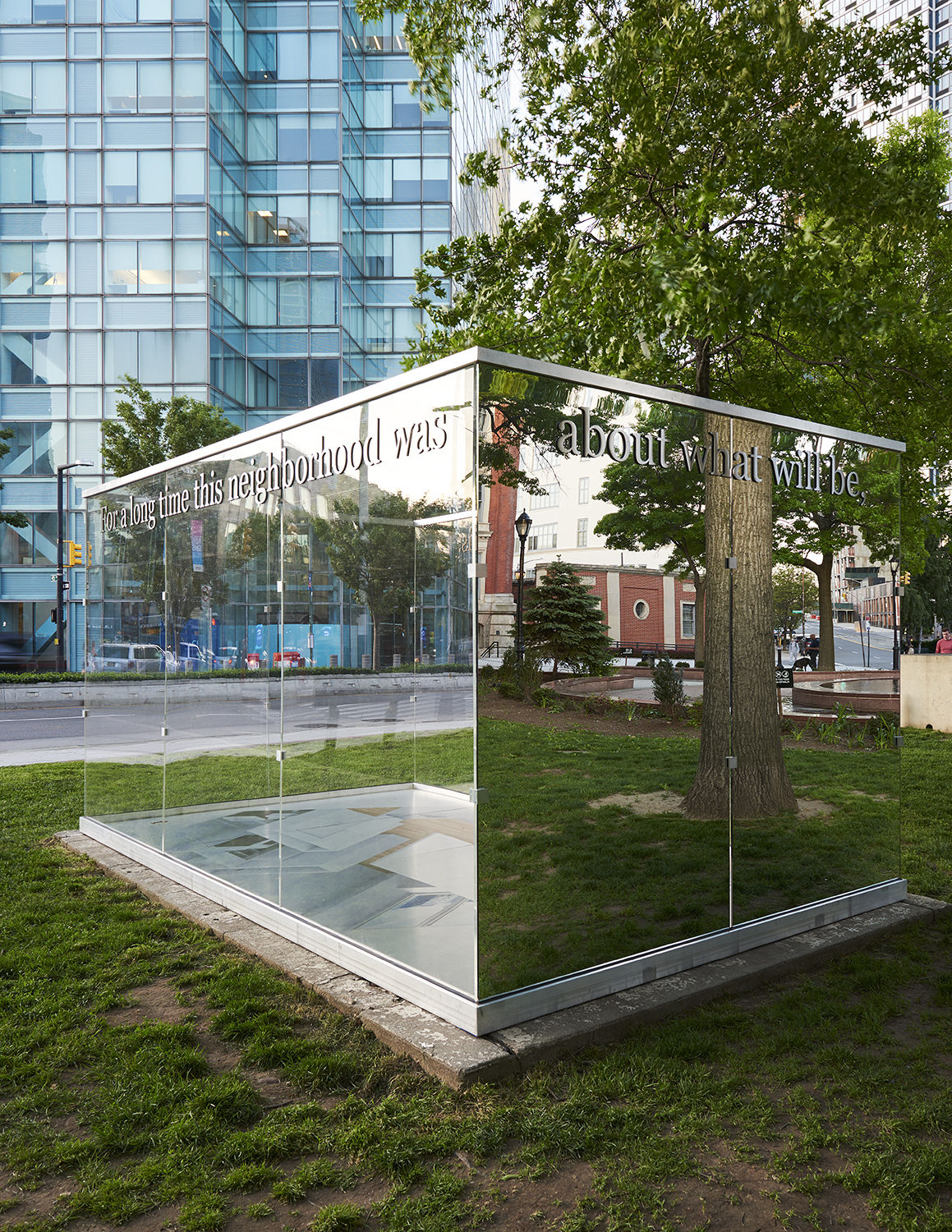
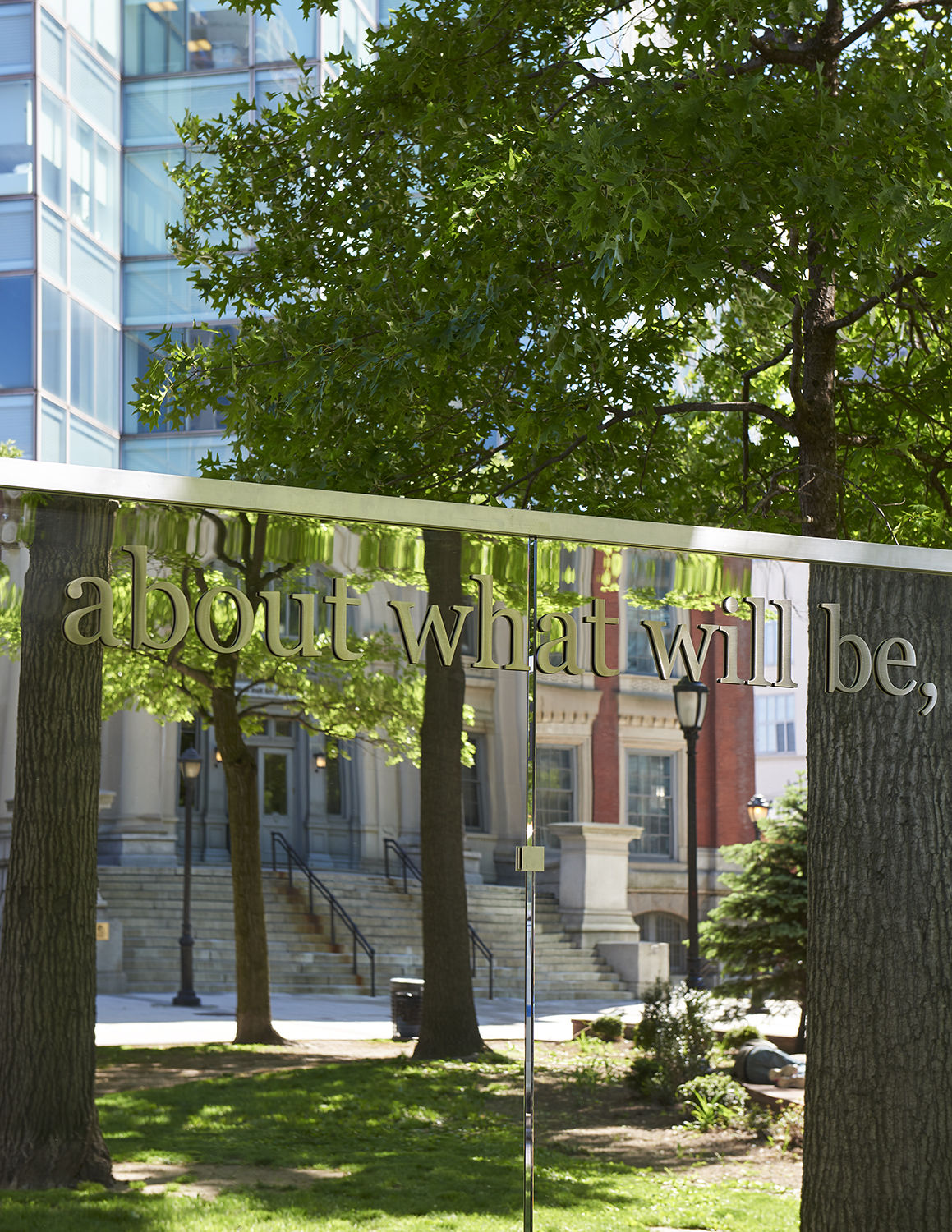
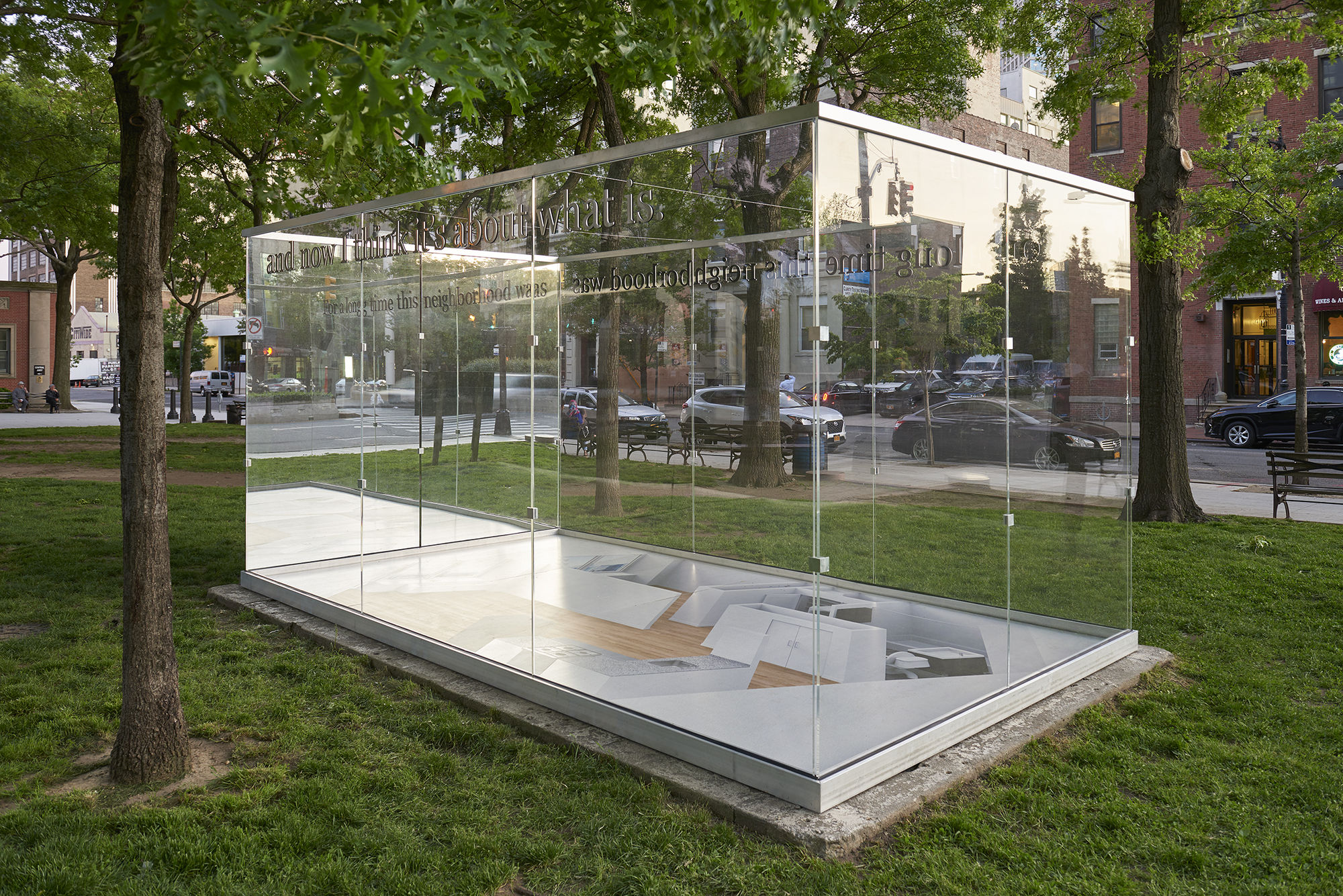
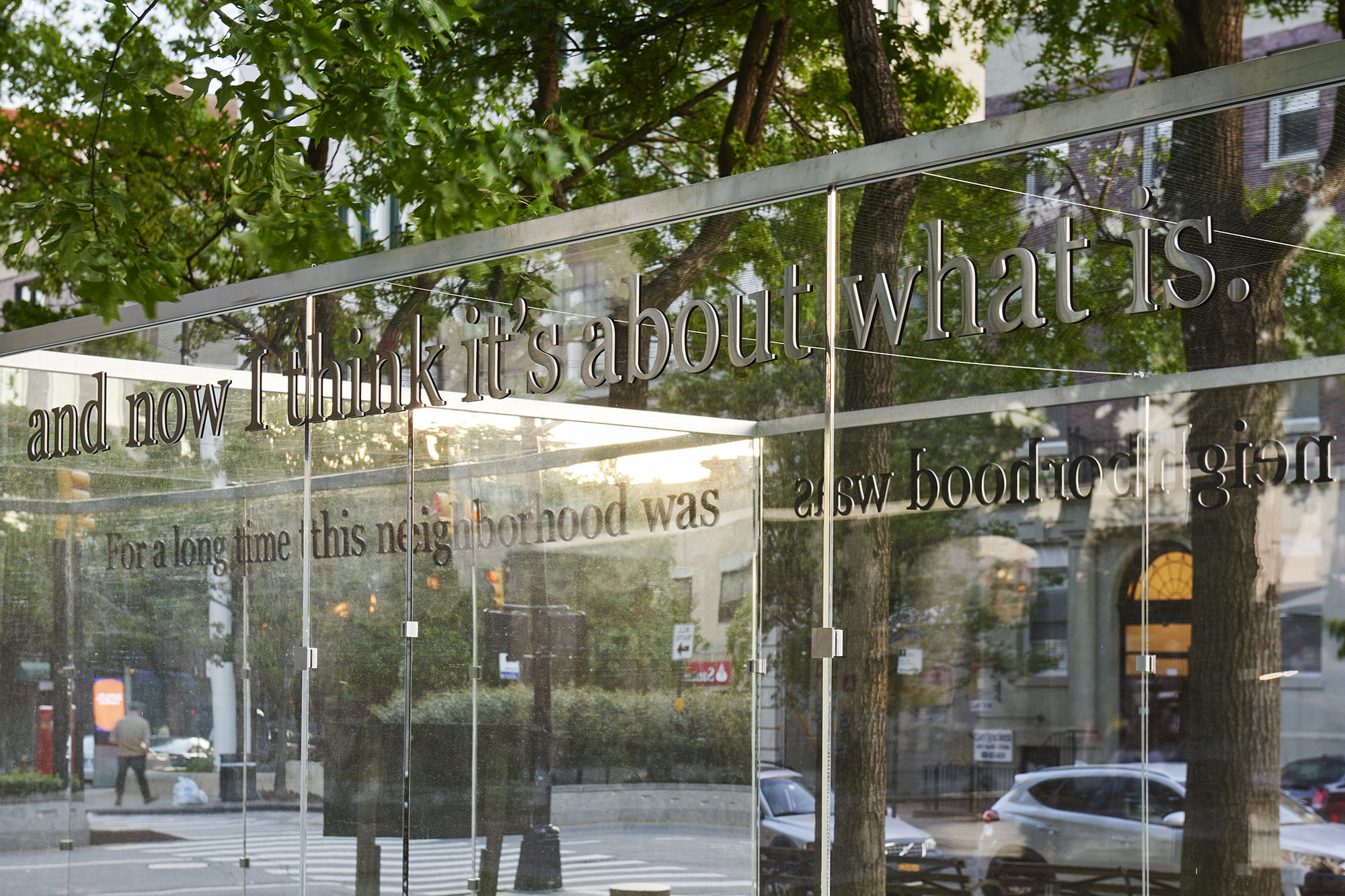
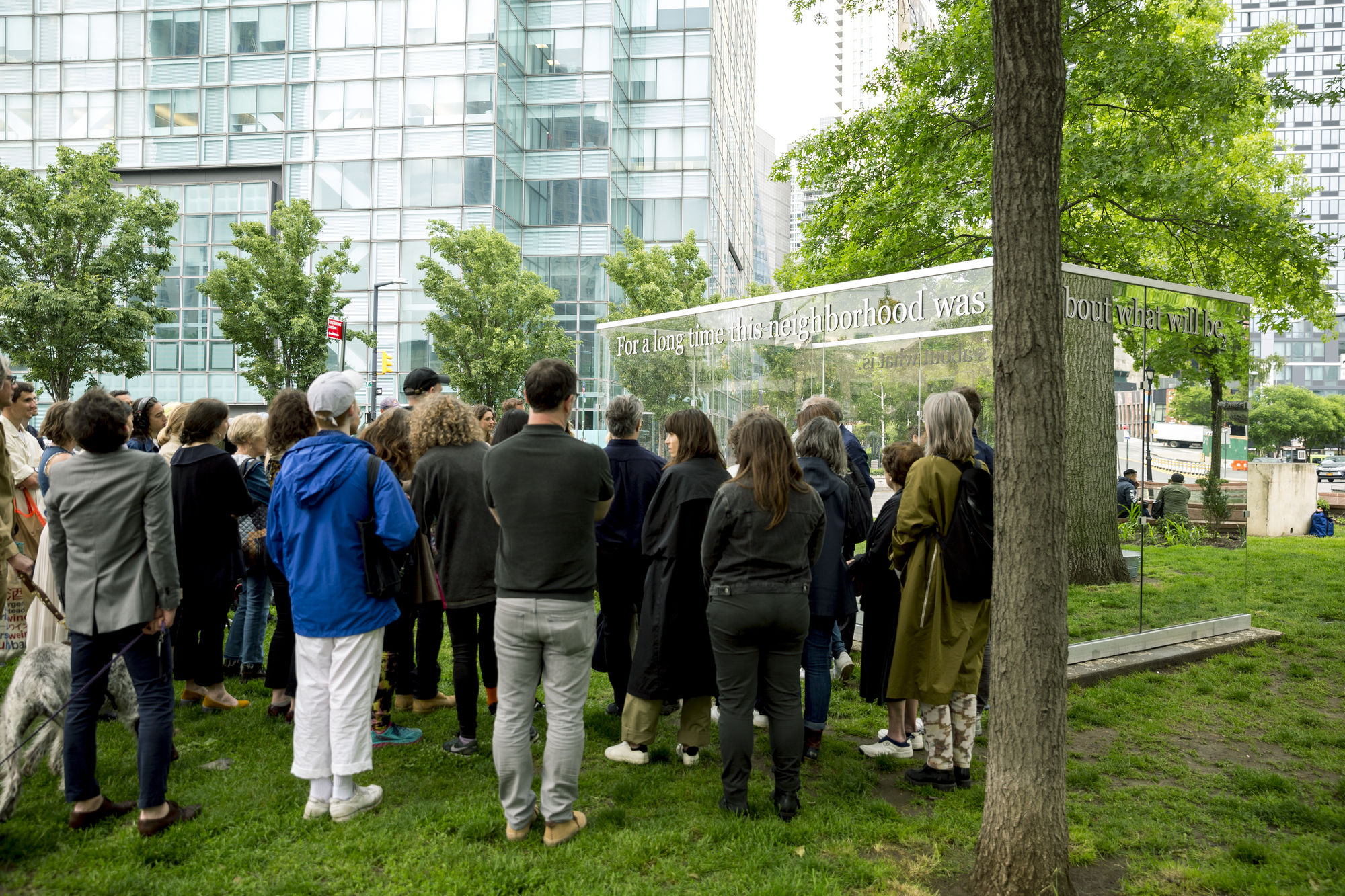
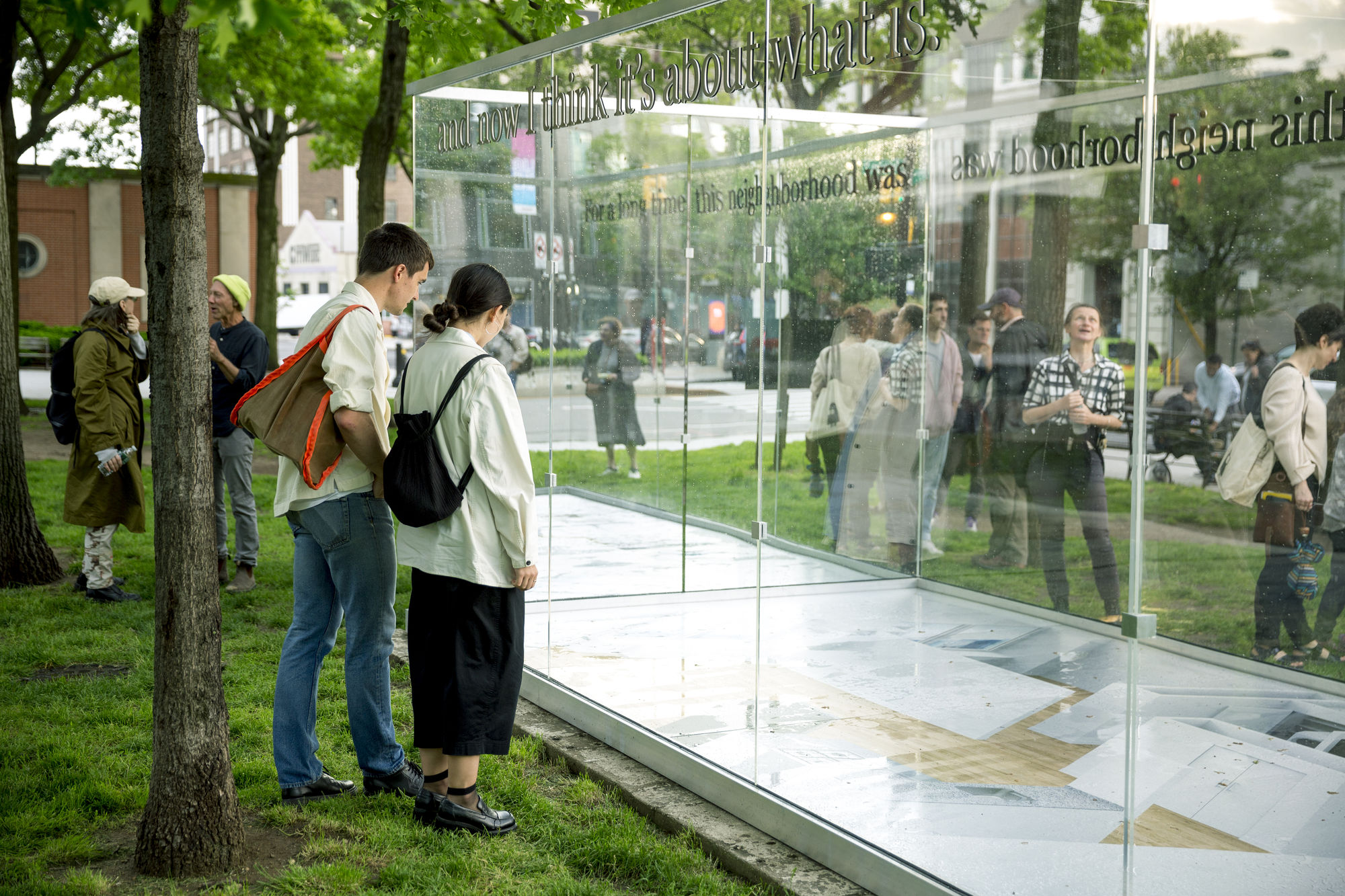
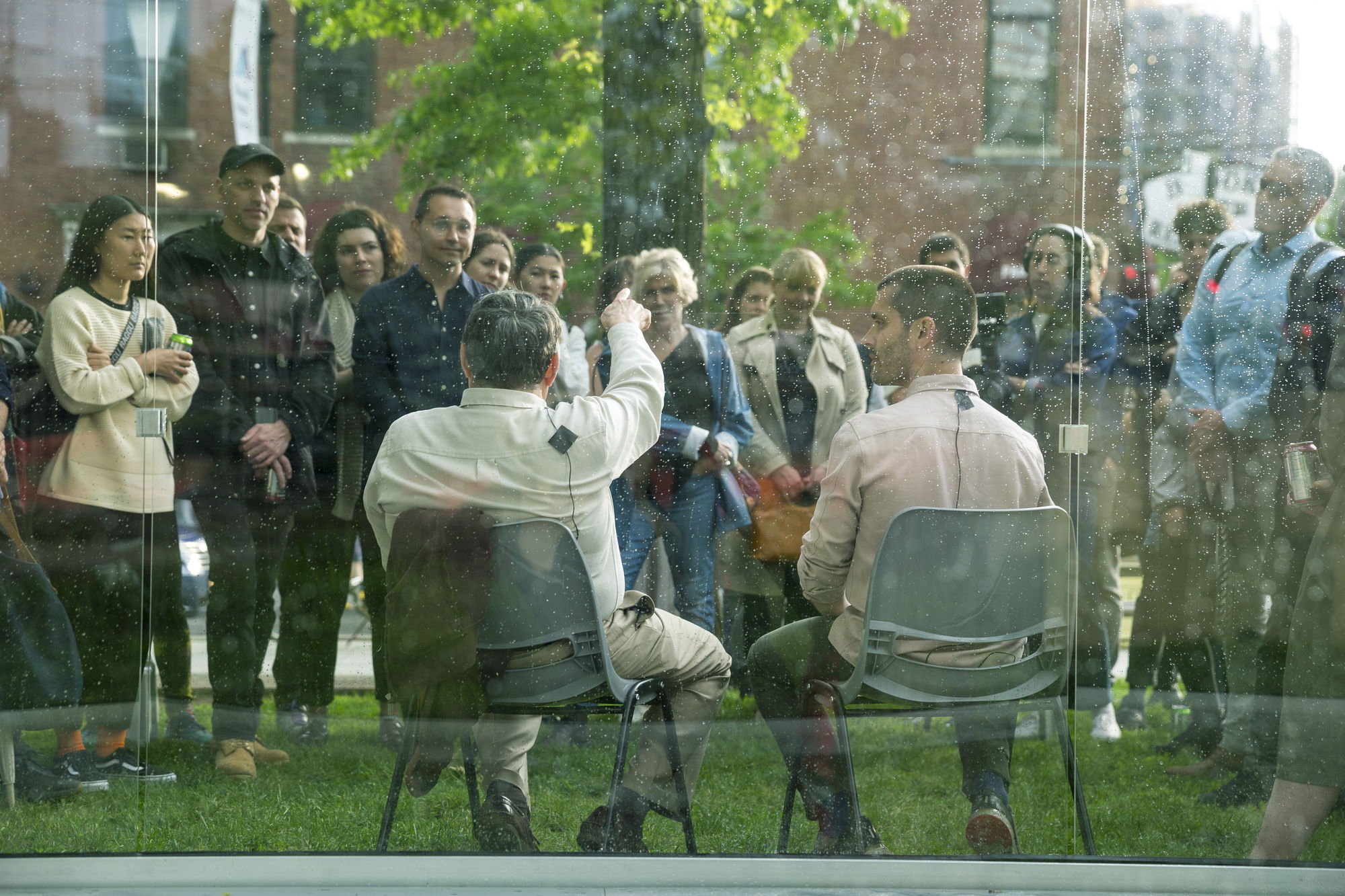
Matt Keegan, what was & what is, 2019, installation view, Court Square Park, Long Island City, New York. Plexiglas, mirrored glass, aluminum, stainless steel, vinyl, UV print on Dibond. 96 x 109.5 x 192.2 inches (43.8 x 278.1 x 489 cm). Commissioned by SculptureCenter, New York. Courtesy the artist and Altman Siegel, San Francisco. Photo: Kyle Knodell
For over a decade, Matt Keegan has worked to synthesize his interest in language, whether rooted in pedagogy and cognition or the vernacular and social. Relatedly, Keegan often incorporates familial narratives into his work to better understand how recorded histories are made up of individual perspectives. He works in sculpture, photography, and video, and for his SculptureCenter commission he integrates these various ways of working. Installed in Long Island City’s Court Square Park, what was & what is distills real estate development’s rhetorical and visual devices in an object that speaks the language of urban development while prompting opportunity for reflection on the fastest-growing neighborhood in New York City.
what was & what is is an 8-foot-tall rectangular perimeter, a nearly empty room of about 180 square feet, built on top of a preexisting but vacant concrete pad. One opportune foundation in a vast zone of development opportunity, the site positions the work at the feet of brand new residential buildings. Like its neighbors, Keegan’s work is constructed mostly in transparent panes, a model home approaching 1:1 scale.
On three sides, the phrase “For a long time this neighborhood was about what will be, and now I think it’s about what is.” traces the upper edges of the sculpture. The quotation is pulled from a developer’s comment in a 2017 New York Times article titled “Long Island City Grows Ever Skyward.” Expressing the apotheosis of longtime speculative interest in Long Island City, it takes stock of the present with a puzzling formulation of self-reflection. If Long Island City is now “about what is,” then what is it about? Has “what will be” turned out to be “what is”? What was the present like when it was ostensibly about the future?
Trimming the transparent box, which stands like a fragment of a high rise or a building raised to hold its own air rights, the phrase begs the question of whose timeline and whose sense of anticipation guides narratives of a neighborhood’s arrival. To this end, the sculpture’s back wall is made of mirrored glass, a surface capturing a constant stream of traffic and passersby inside. Visible by approaching the sculpture and peering down through its clear walls, its interior floor shows an enlarged dollhouse view of an empty one-bedroom rental apartment in the Hayden, a building across Jackson Avenue (available for $3,500 – $3,700 per month). The residential tower is named for Levy Hayden, a railroad superintendent credited with naming Long Island City in the 1850s. Within Keegan’s work, reflections of people rushing home or peering into a luxury unit suggest a momentary leveling of human and city scales, opening a space for personal reconciliation with the forms and relations to power that we are led to believe carry positive social and cultural values.
As a foil to the seeming facelessness of speculation and urban construction, over the course of the summer, Keegan is joined three times by his father, a lifelong New Yorker, to talk about brushes with power, personal experiences of urban development, and feelings of proximity and distance from the continual transformation of living and working space in New York. Topics of conversation will range from Mr. Keegan’s childhood job at a private golf course in Queens that was frequented and later shuttered by Robert Moses, to his reading of Robert Caro’s The Power Broker years later, to his previous ownership of a bar-restaurant near the Vernon Boulevard—Jackson Avenue 7 train in Long Island City in the late 1980s. His personal accounts reflect accumulated experience, awareness, realization, and shifting self-image, and the ways in which the perpetual, personal present is tugged through the forces and conditions of “what will be.”
Matt Keegan is a New York-based artist. He was the subject of recent solo exhibitions at Altman Siegel, San Francisco (2019); Carpenter Center for the Visual Arts, Harvard University, Cambridge, MA (2018); Participant Inc., New York (2017); Grazer Kunstverein, Austria (with Kay Rosen); and Contemporary Arts Museum Houston, TX (with Kay Rosen, both 2016); and was featured in a two-person exhibition with the work of Corita Kent at Potts, Los Angeles (2019). He has been included in notable recent group exhibitions including The Artist’s Museum, ICA Boston (2016); The Sun Placed in the Abyss, Columbus Museum of Art (2016); Reconstructions: Recent Photographs and Video from the Met Collection, Metropolitan Museum of Art, New York (2015); and Storylines: Contemporary Art at the Guggenheim, Guggenheim, New York (2015).
Matt Keegan: what was & what is is the fourth temporary public artwork commissioned through Public Process, SculptureCenter’s high school summer program on public art and urban space. The project is curated by Kyle Dancewicz, Director of Exhibitions and Programs. Matt Keegan: what was & what is is exhibited in Court Square Park in partnership with NYC Parks.
About Public Process
Public Process is a three-week summer program for high school students that explores public art, city planning, and urban space. In an intensive lineup of field trips and discussion sessions, students explore the city and engage firsthand with the artists and professionals who shape the cultural and civic life of New York. At the conclusion of the program, the students collectively select a proposal for a temporary public artwork to be commissioned and presented by SculptureCenter. Tuition is free for all students.
Public Process offers fresh perspectives on art and urbanism and an immediate opportunity to impact public space: at the end of the program, students visit artists in their studios to evaluate proposals for a temporary public artwork for Long Island City. Together, they form a panel to select a winning commission to be produced by SculptureCenter the following summer.
Past Public Process classes have commissioned Mika Tajima's Meridian (Gold) and Xaviera Simmons' Convene, both for the waterfront of Hunter's Point South Park and Words Like Love: Alphaville, First Scenes, a billboard for Jackson Avenue by Alejandro Cesarco.
About NYC Parks Art in the Parks
NYC Parks Art in the Parks program has consistently fostered the creation and installation of temporary public art in parks throughout the five boroughs. Since 1967, collaborations with arts organizations and artists have produced hundreds of public art projects in New York City parks. For more information visit nyc.gov/parks/art.
Events
Sponsors
Lead underwriting support of SculptureCenter’s Exhibition Fund has been generously provided by the Kraus Family Foundation with major support by Robert Soros and additional support by Toby Devan Lewis.
Public Process is sponsored by UOVO. Additional support provided by the Milton and Sally Avery Arts Foundation. Matt Keegan: what was & what is is exhibited in Court Square Park in partnership with NYC Parks.
SculptureCenter’s programs and operating support is provided by the Lambent Foundation Fund of Tides Foundation; public funds from the New York City Department of Cultural Affairs in partnership with the City Council; the New York State Council on the Arts with the support of Governor Andrew M. Cuomo and the New York State Legislature; the National Endowment for the Arts; Danielle and Drew Anderman; Andreas Beroutsos and Abigail Hirschhorn; Irene and Allen Brill; Laren C. and Jesse M. Brill; Lee and Robert K. Elliott; Elizabeth and Adrian Ellis; Fred Wilson; the A. Woodner Fund; New York City Council Member Jimmy Van Bramer; and contributions from our Board of Trustees and Director’s Circle. Additional funding is provided by the Milton and Sally Avery Arts Foundation and contributions from many generous individuals.
About UOVO
UOVO has generously provided financial and logistical support for the 2019 Public Process commission. UOVO will lend their specialized trucks and art handlers to help pack, move, and install Keegan’s work. The company’s 280,000 square-foot flagship, UOVO: NYC, is located in Long Island City.
“It was important for UOVO to support SculptureCenter through Public Process specifically because it engages with the LIC community at multiple levels,” said Steve Novenstein, UOVO CEO and member of the LIC BID board. “The program brings a dynamic new work by an artist into the public sphere for discussion, while fostering critical dialogue about the arts among the next generation of potential civic leaders. We are proud to partner with SculptureCenter on such innovative programming.”
UOVO is New York’s #1 provider of art, fashion and collections storage and services. From climate-controlled storage and private viewing rooms, to transportation, packing, crating, and installation services, UOVO provides an array of storage options and innovative service and management solutions tailored to meet the specialized needs of any collection. Each UOVO facility is purpose-designed and managed by a team of industry-leading experts dedicated to ensuring that works are safeguarded with the highest caliber of security, discretion, professionalism, and care. For more information, please visit uovo.art.


